Enjoy a party of flavors with our decidedly festive holiday beer punch – fashioned after an authentic punch recipe from the earliest days of the cocktail.
Go straight to the Recipe Card or
Read on for useful tips and step-by-step pictures (1 min)
A Short Note on Punch and This Beer Punch Recipe
Punch is the ‘original monarch of mixed drinks’ according to its most comprehensive modern day chronicler David Wondrich. Its nautical origins, for it’s assumed to have been invented by sailors of the British East India Company, are placed circa early 17th century. The invention of punch had everything to do with necessity and making do with available ingredients to replace a ship’s fast dwindling or spoiling stock of ale and wine during long voyages.
Its journey over the ages was an eventful and transformational one. Sadly, what most people consider to be punch today – cheap alcohol (or none at all) mixed with corn syrup loaded fruit flavored juice, is not at all consistent with the origins or subsequent evolution of the real drink. We enthusiastically recommend (affiliate link) Punch: The Delights (and Dangers) of the Flowing Bowl. It is a truly entertaining historical narrative with original recipes.
The beer punch recipe we give you here is inspired by the very beginnings of the drink (rum, sugar as sweetener, lime juice and fresh orange peels, nutmeg) and features a delicious twist by way of ginger beer and malty, sweet ale with caramel notes. It is vibrant, citrusy, balanced and simply a joy to imbibe!
Ingredients & The Four Pillars of Punch
Oranges (or tangerines). You will need the peel only, to release the essential oils it contains and infuse them into the punch.
Limes. For the juice and also for garnish by way of thin slices ( do not try to use the skins, in contrast to those of oranges they are bitter).
Simple syrup (or sugar). If you do not have simple syrup on hand, make some in advance by bringing equal amounts of water and cane sugar to boil. If you don’t have the time, use cane sugar, which is a more authentic method anyways, but be prepared to allow a bit of time for the oils from the orange peels to infuse the sugar.
Dark rum. Considered one of the original liquors for punch. We recommend a spiced version for maximum flavor.
Nutmeg. Completely optional, but original punch used to receive freshly grated nutmeg as a finish. We like to blend some into the punch base, which is a personal preference really.
Ginger beer. For its incredibly refreshing flavor, it is a top notch dilutor for punch. You can use ginger ale, but while it is full of sugar it has much less actual ginger taste to offer.
Beer. Choose something malty, rich, sweet (ie. minimally bittered) and with hints of caramel and spice. Here we use a Christmas ale (aka winter warmer as a style), but Sam Adams makes an excellent spiced lager (with a bock base) and there are so many other options. The beer will both add flavor and improve the mouthfeel of the punch, to us it is indispensable. Being boozy itself, it helps create a punch to remember.
The Four Pillars of Punch: According to the book mentioned above by David Wondrich, historically compounding a punch was about adhering to the postulates known as the Four Pillars of Punch. These are known as: (1) Making the Oleo-saccharum or the citrus essential oils and sugar combination; (2) Making the Shrub or mixing the oleo-saccharum with the juice and alcohol; (3) The Order or the sequence of steps involved in preparing the drink; and (4) The Proportions or the ratios of ingredients relative to each other (historically with emphasis on the strong alcohol and sugar content versus weak dilutor and sour flavor).
How to Make Beer Punch
Generally your work is divided into two stages – preparing the base (pictures above) and dilution (below). Be sure to chill the ginger beer and the spiced lager or ale. While you can definitely use ice when you serve the punch, we feel that it really takes away from its overall flavors.
- Prep. Using a vegetable peeler or a small, sharp knife carefully peel an orange or tangerines and try to remove as little from the white pith as possible. Slice a lime thinly for garnish and halve another one for the juice.
- Muddle. In a cocktail shaker or the bottom of a non-reactive container muddle the orange peels until the oils are released, then add simple syrup or sugar and muddle again. If using sugar, let the mixture sit for about 30 minutes before you proceed.
- Complete the base. Squeeze the juice out of the lime(s), add a bit of nutmeg (if using) and then add the rum and stir everything. Allow a minute or two for the ingredients to come together, then strain into the punch bowl or large pitcher where you will serve the drink from.
- Finish. Add the ginger beer, then the ale or lager. Stir, add the limes slices and serve.
Punch Bowl?
It is up to you. A punch bowl is traditional and very suitable for a larger party numbering in the double digits. This recipe serves up to 6 people so we use a pitcher of just over a liter in capacity. If doubling or tripling the recipe, definitely consider a larger pitcher or punch bowl, suitably sized to contain the beverage.
What Does This Beer Punch Taste Like?
If you are familiar with a Dark ‘n’ Stormy – this punch drink tastes very close, but somewhat richer and sweeter. It is also quite a bit more aromatic, courtesy of the citrus essential oil.
Other Beer Cocktails You Might Enjoy
Winter Beer Sangria | Mulled Ale | Cranberry Prosecco Shandy | Black Velvet | Coquito with Porter
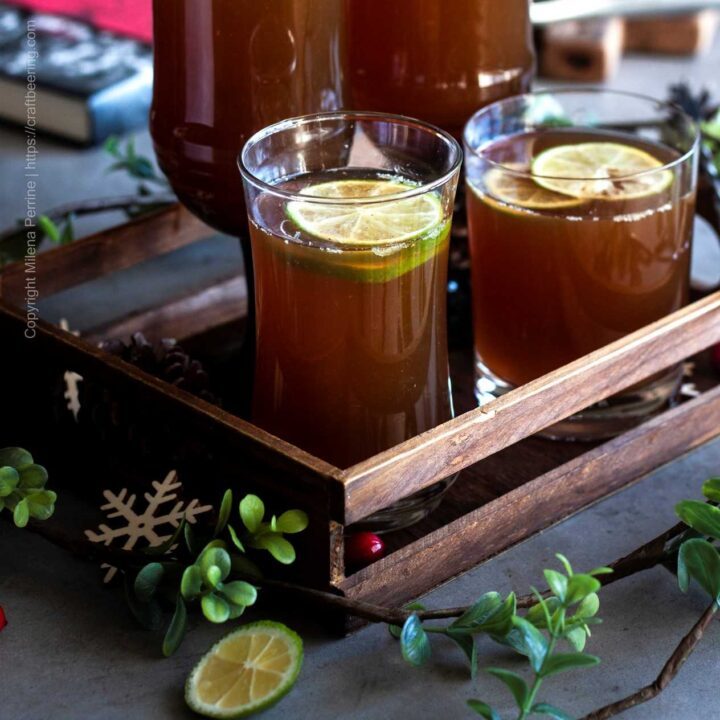
Holiday Beer Punch Drink
A festive beer punch recipe to celebrate the winter holidays. Spiced rum and malty ale or lager, fragrant ginger beer, lime juice and the sweet scent of orange peel come together for a refreshing, fruity, sweet and citrusy experience.
Ingredients
- 1 orange (peel only)*
- 1/2 cup simple syrup**
- 2-3 limes (for juice and for garnish)
- 1/2 tsp nutmeg (optional)
- 9 oz rum (dark, spiced recommended)
- 12 oz ginger beer (or ginger ale), chilled
- 24 oz malty ale or lager, chilled (such as winter warmer, bock, English brown, amber ale, Vienna lager, including Mexican dark lagers)
Instructions
With a vegetable peeler or small, sharp knife remove the peel from the orange, trying to minimize the white pitch as much as possible. Place in a cocktail shaker and muddle vigorously to release the fragrant essential oils.
Add the simple syrup and muddle again. (If using sugar instead, let the mixture sit for at least 30 minutes before continuing with the recipe).
Squeeze the juice of one (or two if smaller and/or not very juicy limes) on top of the muddled mixture, add nutmeg (if using), then measure out and add the dark rum. Stir everything and allow a few minutes for the flavors to imbibe each other.
Strain into a punch bowl or pitcher, discard the muddled orange peels.
Add the ginger beer, then the ale or lager, then a handful of thin lime slices (about 12). Stir and serve.
Notes
*You can use a couple of tangerines instead. Do not use lime, its skin is bitter and will not have the intended effect.
**To make simple syrup bring to boil equal parts cane sugar and water. Once sugar is dissolved cool down and refrigerate until needed to use later. You can also use sugar instead of simple syrup, about 1/4 cup. Muddle it with the orange peels and allow the two ingredients to sit for about 30 minutes before you proceed with the recipe.
We recommend the book Punch: The Delights (and Dangers) of the Flowing Bowl by David Wondrich. It is a fascinating read and makes a wonderful gift for anyone interested in mixology. The author's writing style is in and of itself a pleasure to 'imbibe', the information is based on historical records and literary works and the story told is most illuminating, not to mention the over 40 recipes for punch contained in the book.
Recommended Products
We are affiliates for Amazon and other vendors and qualifying purchases you make support our blog at no cost to you.
Nutrition Information:
Yield: 6 Serving Size: 1Amount Per Serving: Calories: 275Total Fat: 0gSaturated Fat: 0gTrans Fat: 0gUnsaturated Fat: 0gCholesterol: 0mgSodium: 13mgCarbohydrates: 33gFiber: 1gSugar: 23gProtein: 1g

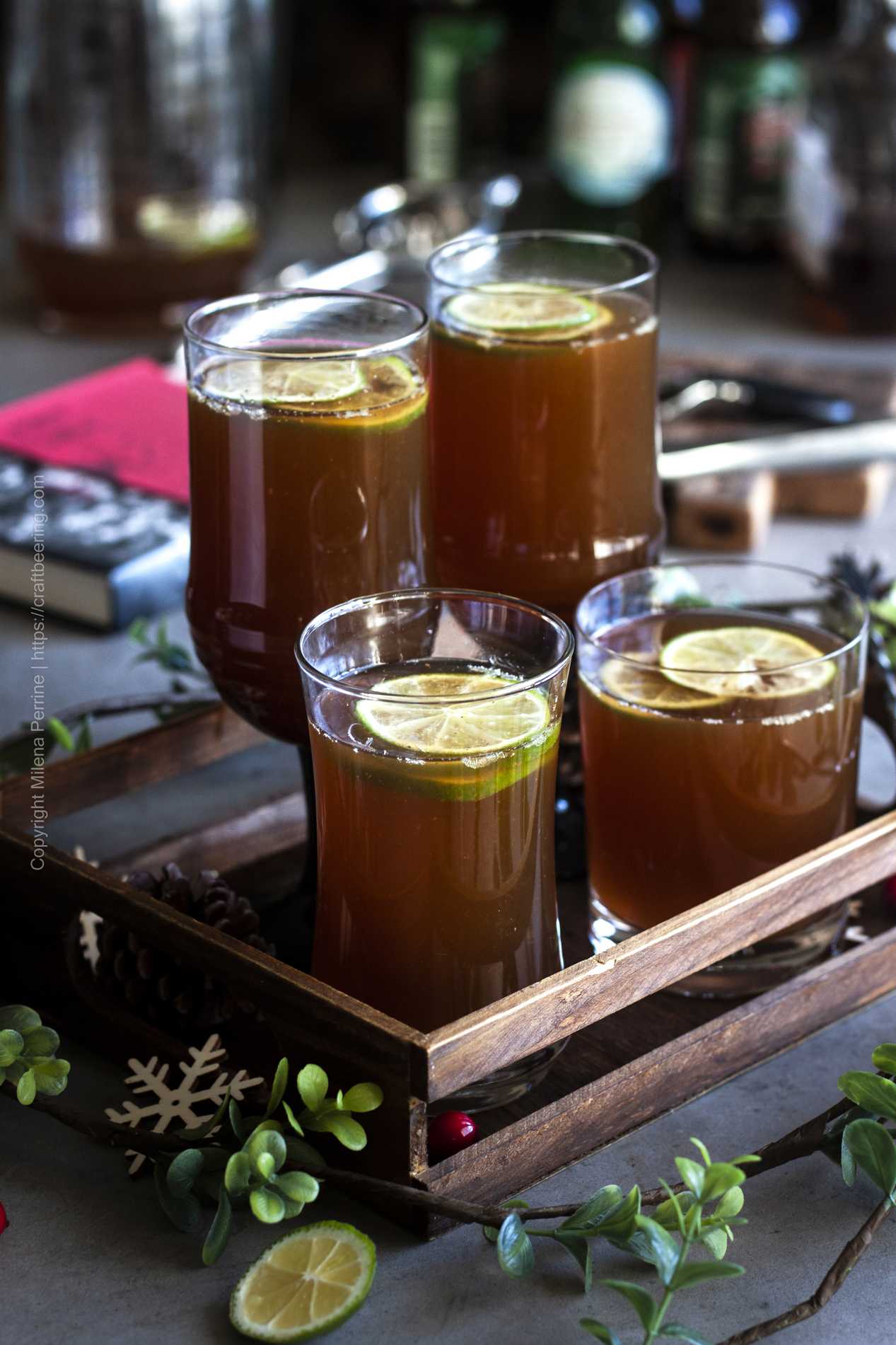
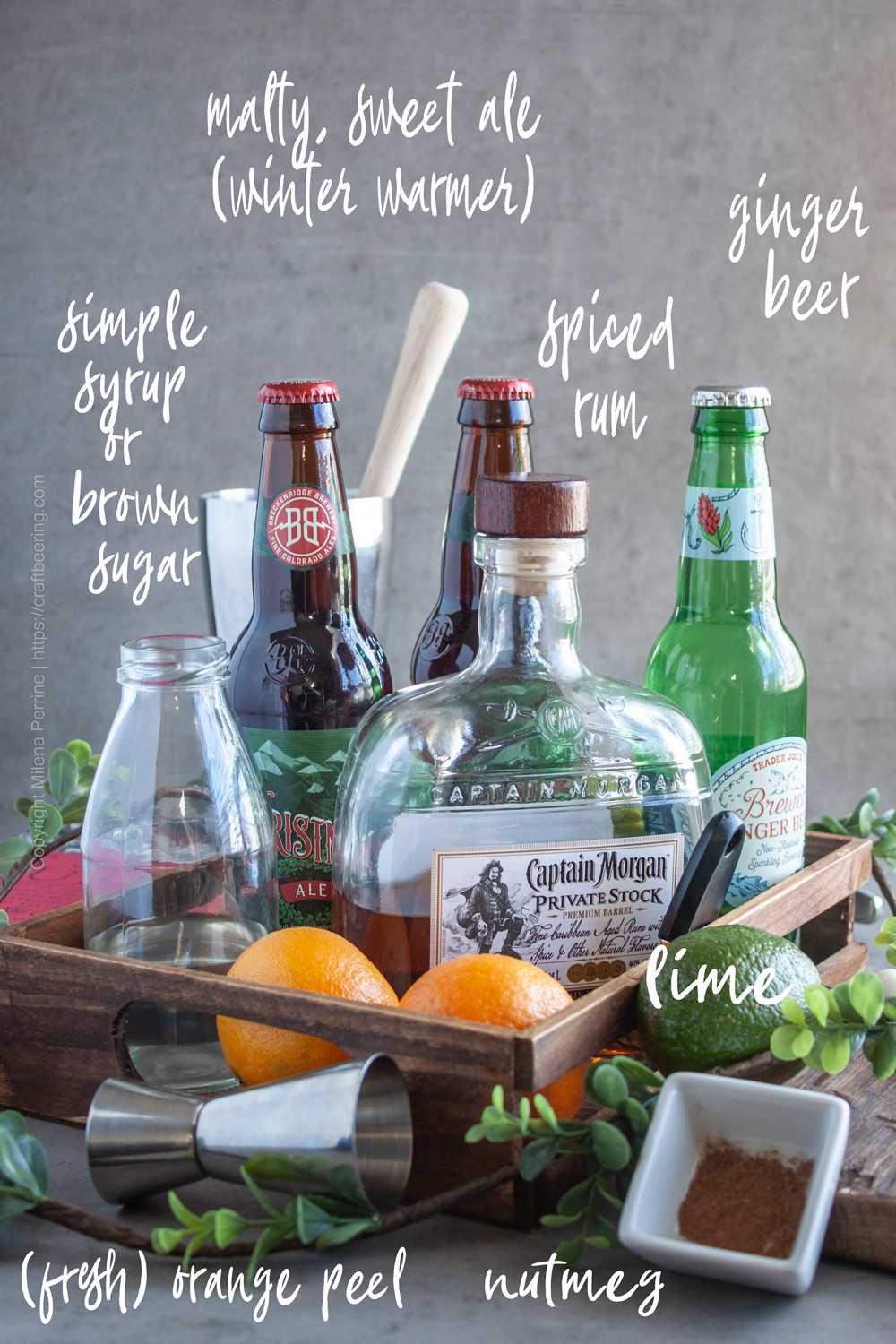
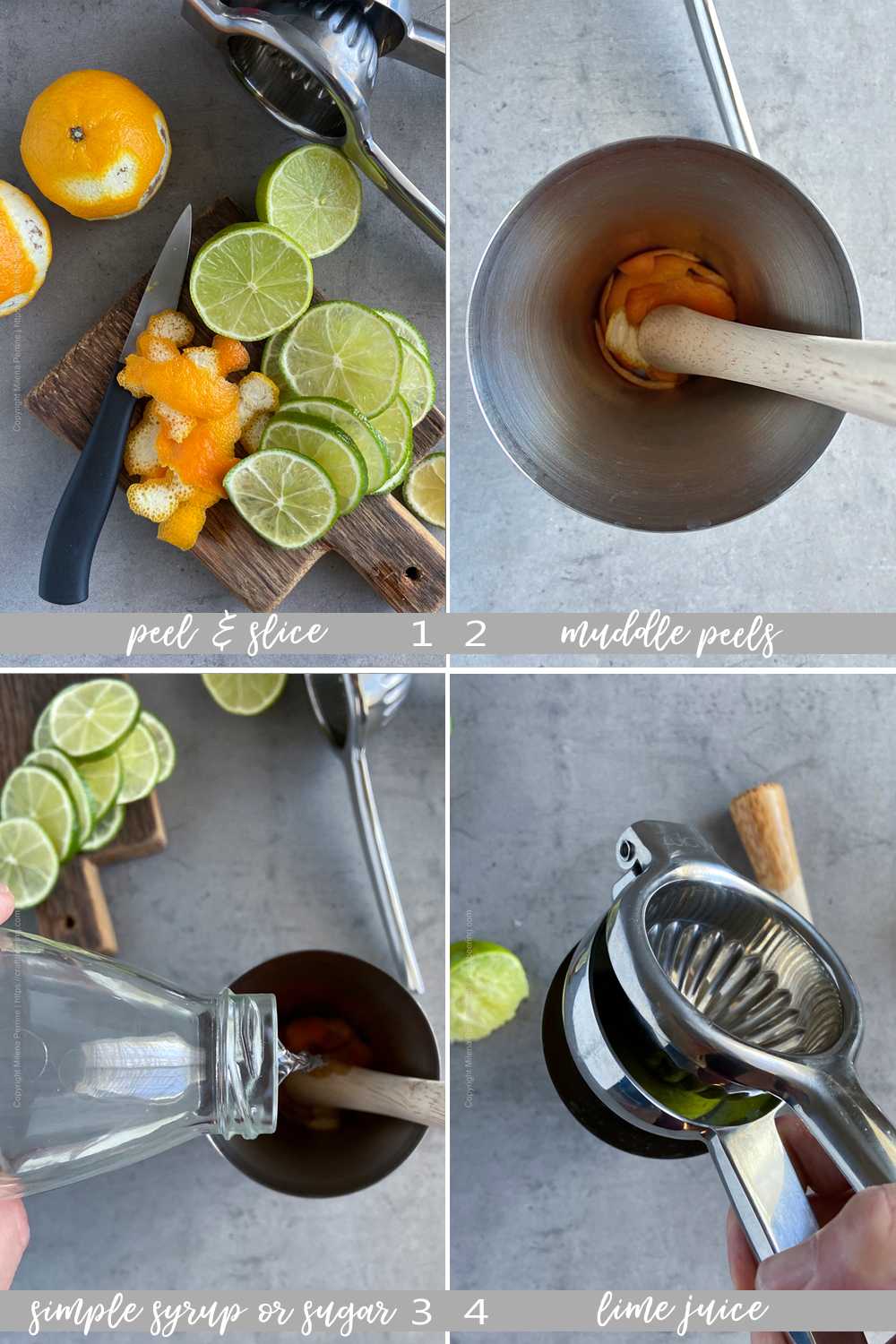
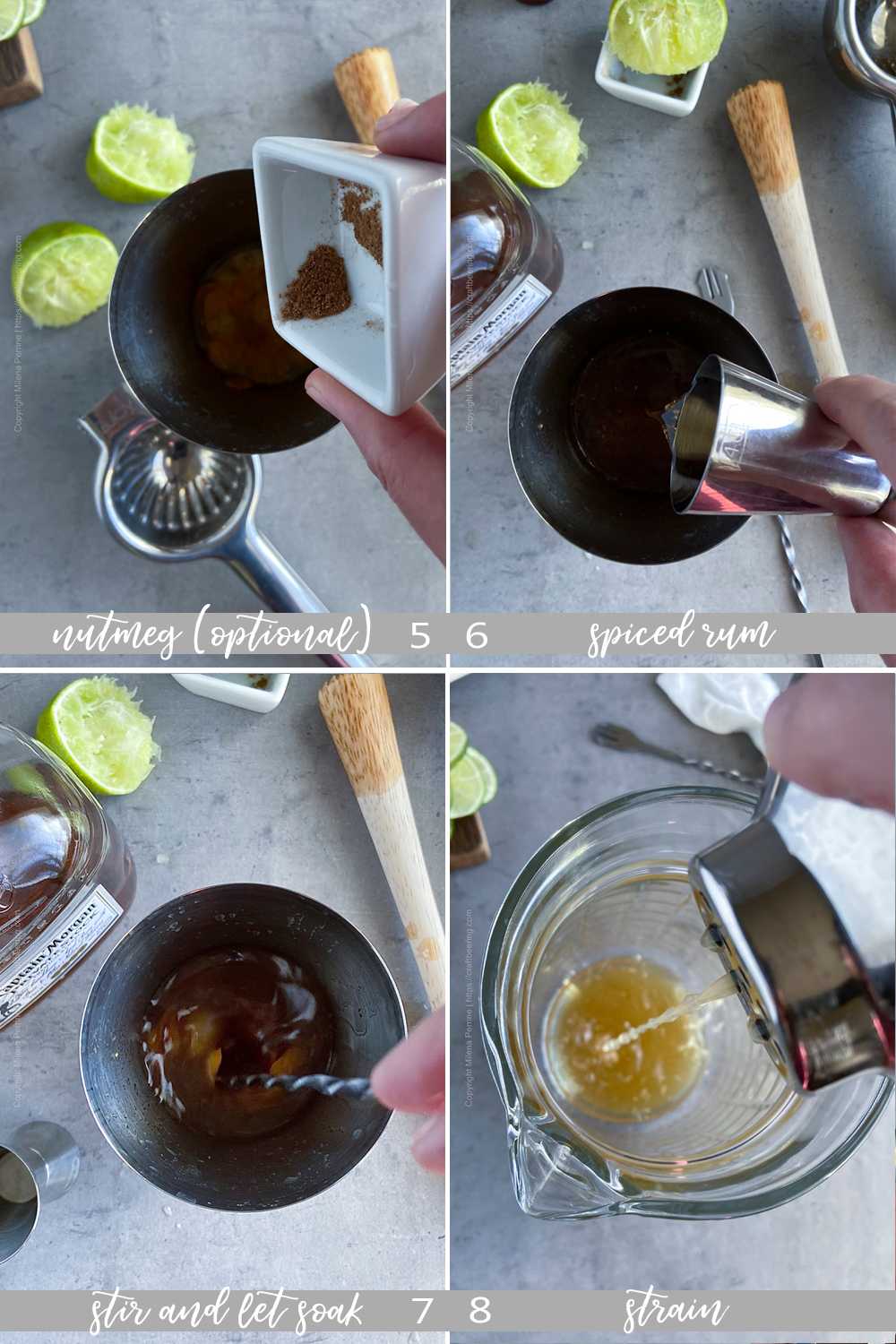
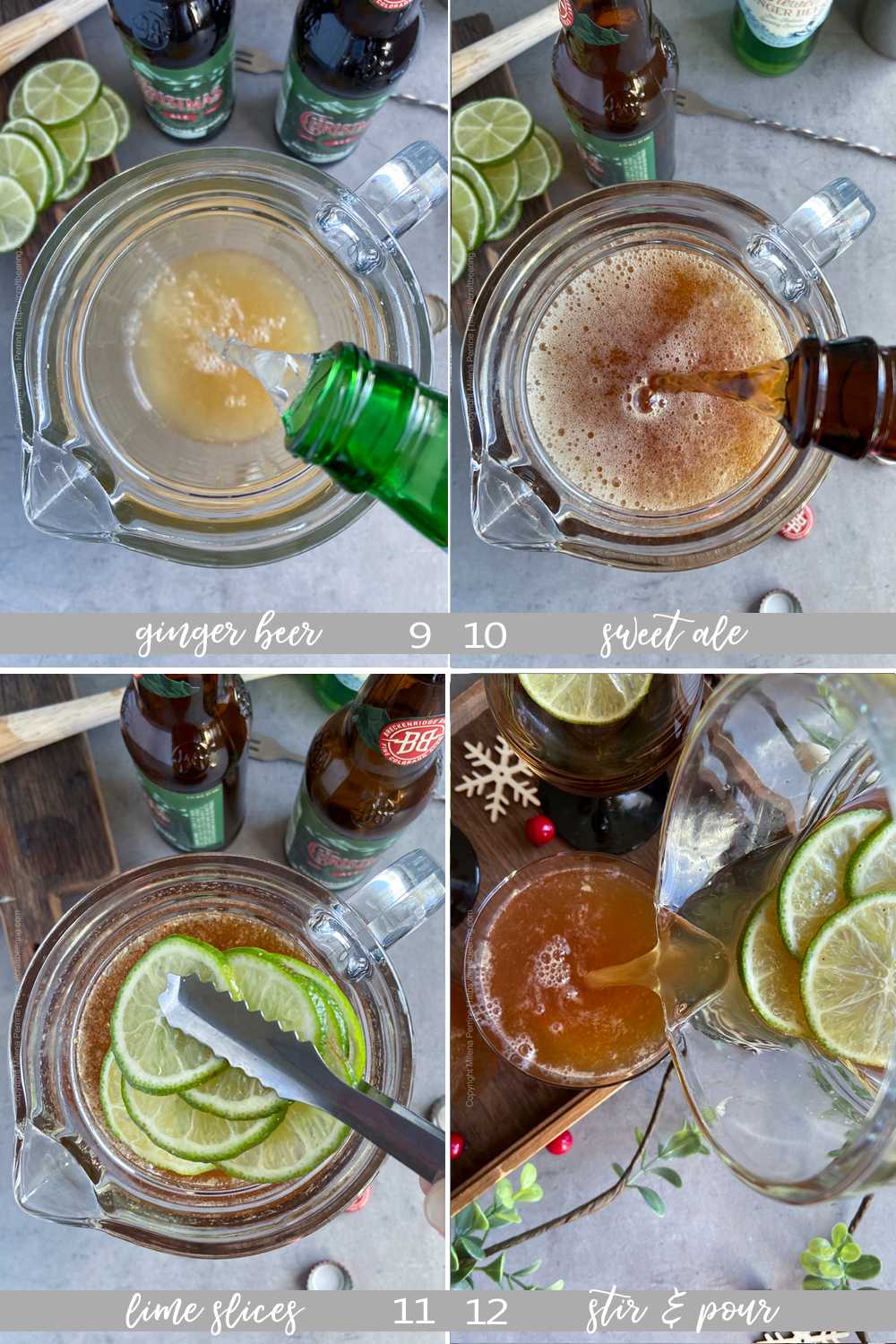
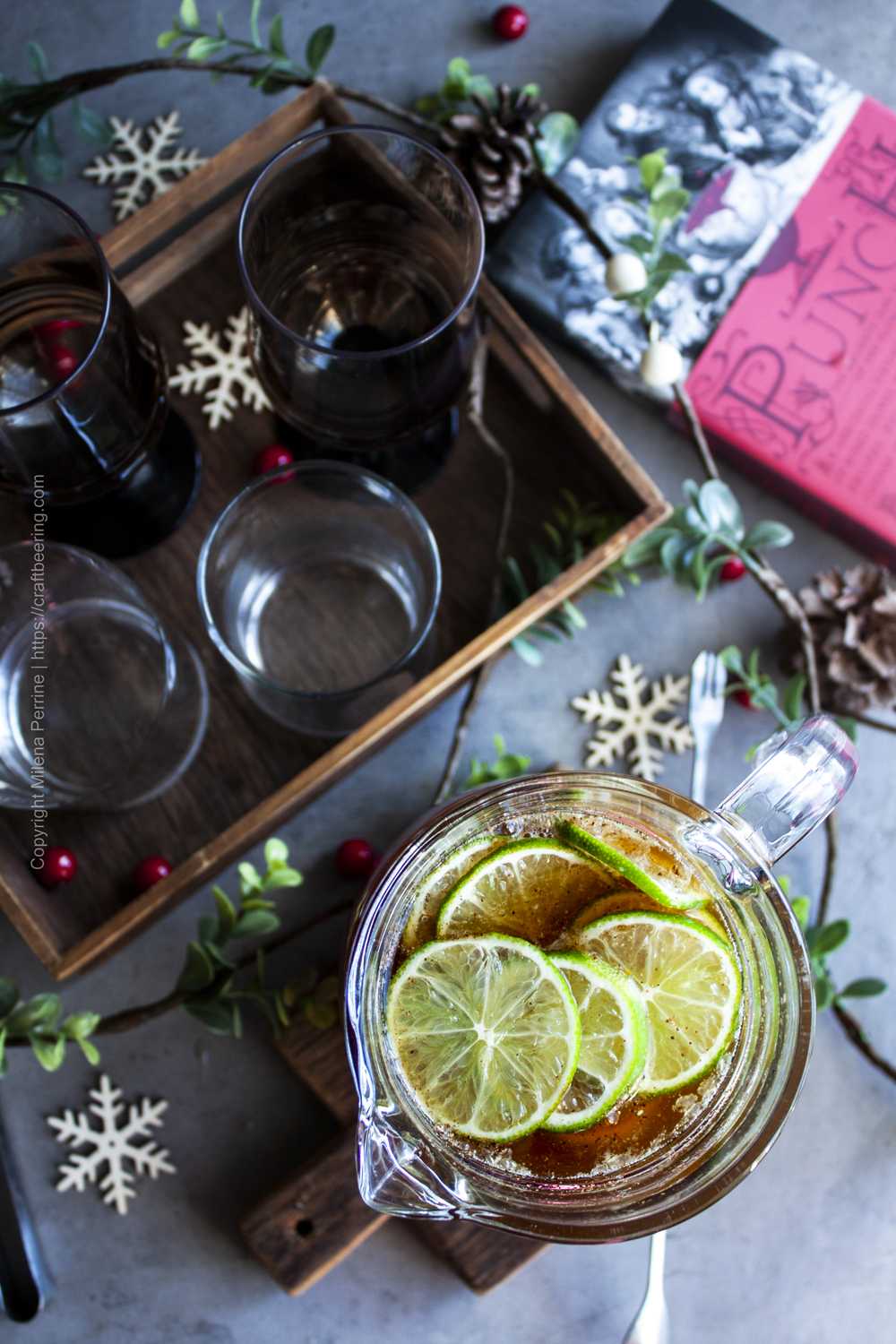
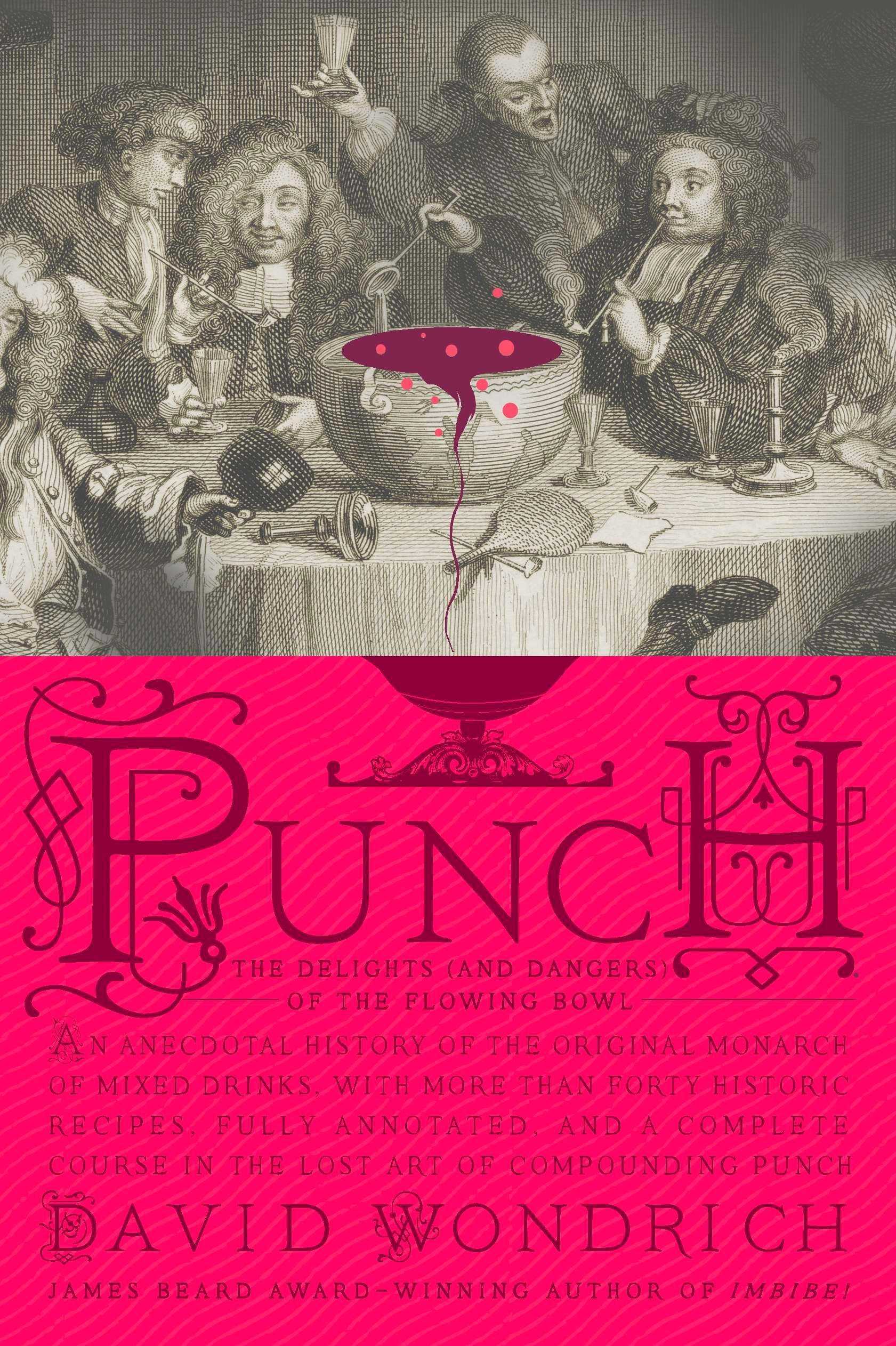
Leave a Reply